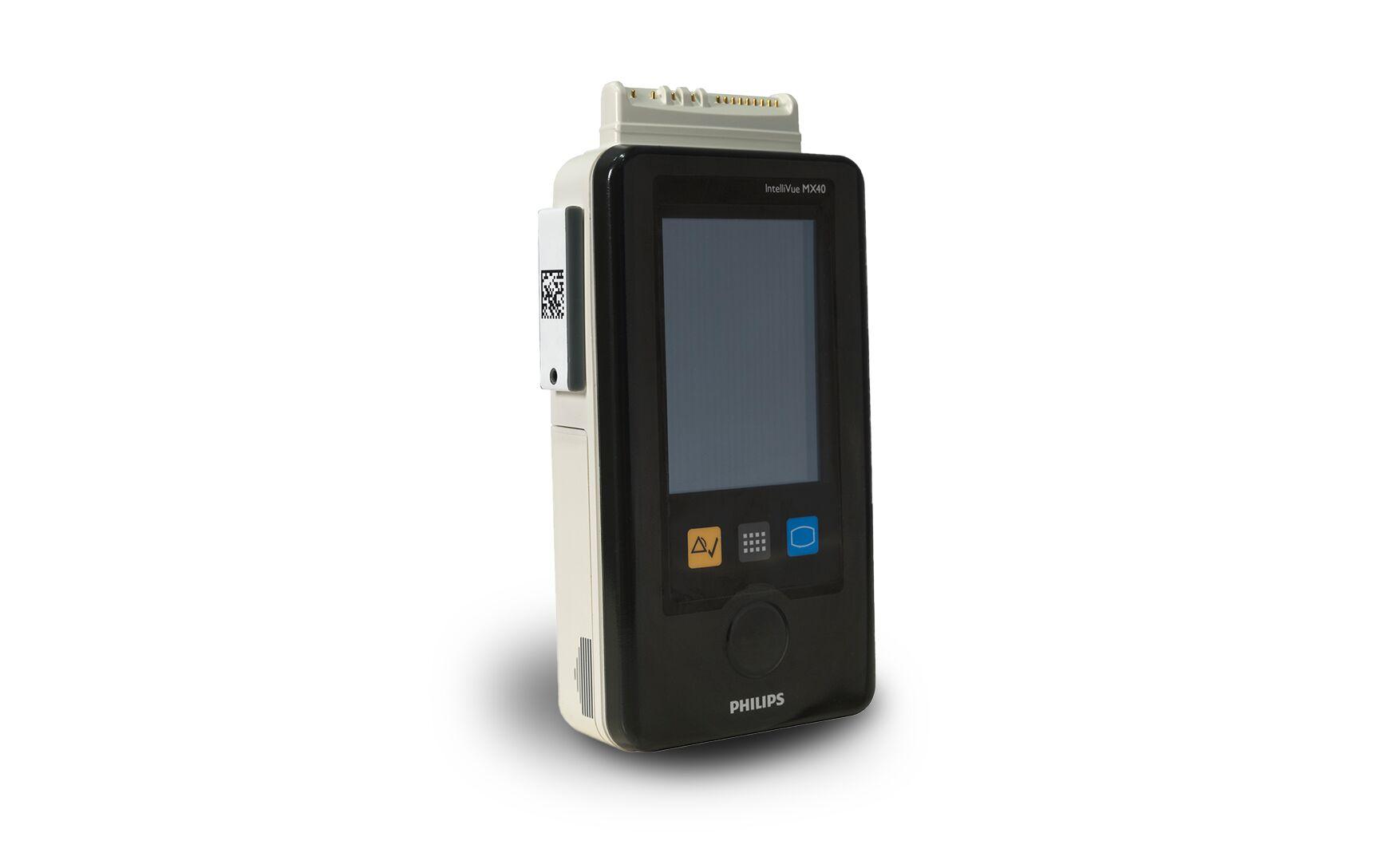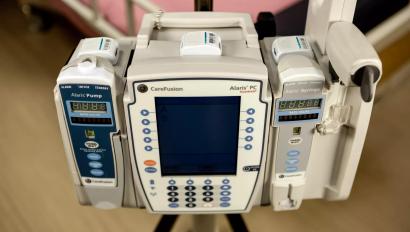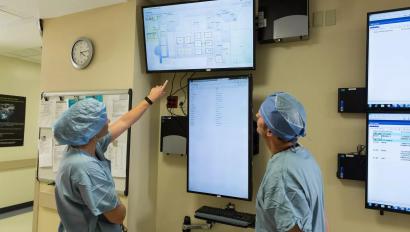Passive RFID Helps Hospital Shrink Telemetry Pack Losses

Update: We know that Passive RFID remains a very relevant topic for many customers and hospitals, but did you know there are other proven technologies that can also help reduce shrinkage? Check out this page to learn more about using asset tracking to reduce costs and transform management of mobile assets. Or, to learn more about shrinkage control using Real Time Location System (RTLS), please read our blog post “Two Steps for More Effective Shrinkage Control.”
In Reducing Shrinkage: A Tale of Two Solutions, I touched on the challenge of inventory shrinkage and teed up our first story about Securitas Healthcare’s Asset Management solution with active RFID. This time, I’d like to tell you the real-life tale of a hospital that’s seeing real improvements using a different enabling technology: RAIN RFID, or passive RFID.
This hospital was focusing on reducing losses of a specific type of asset: cardiac telemetry packs, which they’d been losing at a rate of one every month. With a per-device price of $3,500, the losses were adding up fast.
Earlier this year, we partnered with the hospital to install a RAIN RFID-enabled Asset Management solution. Our main goal: to alert appropriate staff any time a telemetry pack crossed the collection points for laundry and trash. Since finding these packs once they’ve entered trash or laundry bins can be a needle-in-a-haystack scenario, we also installed smart sorting carts. The carts help staff narrow the search—saving time and reducing safety risks associated with sorting through bags of trash or dirty linens.
In the first two months alone, the hospital avoided the loss of three telemetry packs. That puts the organization on track for annual savings north of $63,000—double that if you include the replacement costs—on just one type of asset!
When and why should you choose passive instead of active RFID? RAIN RFID tags are significantly smaller than traditional active tags. They’re also less expensive, which means you can use them to tag more items—including those with sizes or shapes that would otherwise be difficult to tag and those prone to shrinkage like tablets or other small IT assets. Like the hospital I described in this post, you can use RAIN RFID to achieve a rapid ROI and make real headway in addressing inventory shrinkage or other inventory management goals for specific asset groups.
The moral of our tale of two solutions? Don’t assume you can’t afford to put RTLS to work safeguarding your portable devices—from larger assets like wheelchairs to smaller devices, such as telemetry packs, portable dopplers and thermometers. The technology-agnostic MobileView platform offers more than one way to support your goals. Use it to manage both active and passive tags—and tap into the power of real-time visibility and alerts and visual analytics—through a single interface. I invite you to get in touch and let us know what you’re trying to achieve. We will collaborate with you to identify the best way to get there.
Update: We know that Passive RFID remains a very relevant topic for many customers and hospitals, but did you know there are other proven technologies that can also help reduce shrinkage? Check out this page to learn more about using asset tracking to reduce costs and transform management of mobile assets. Or, to learn more about shrinkage control using Real Time Location System (RTLS), please read our blog post “Two Steps for More Effective Shrinkage Control.”
























